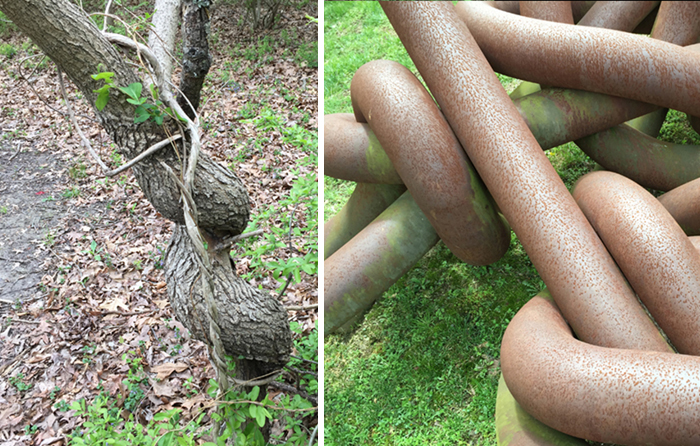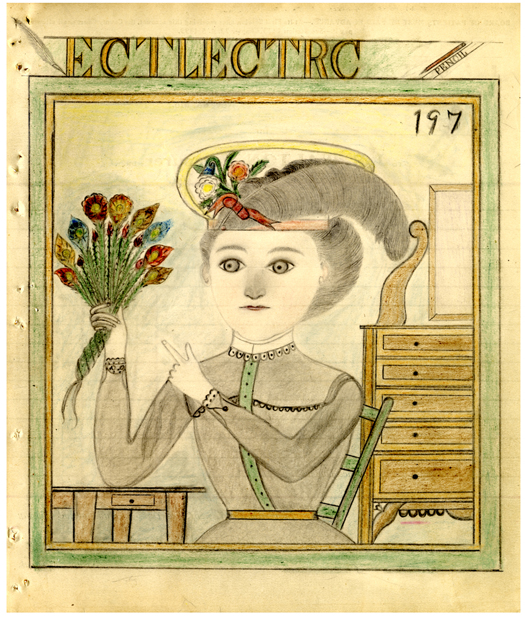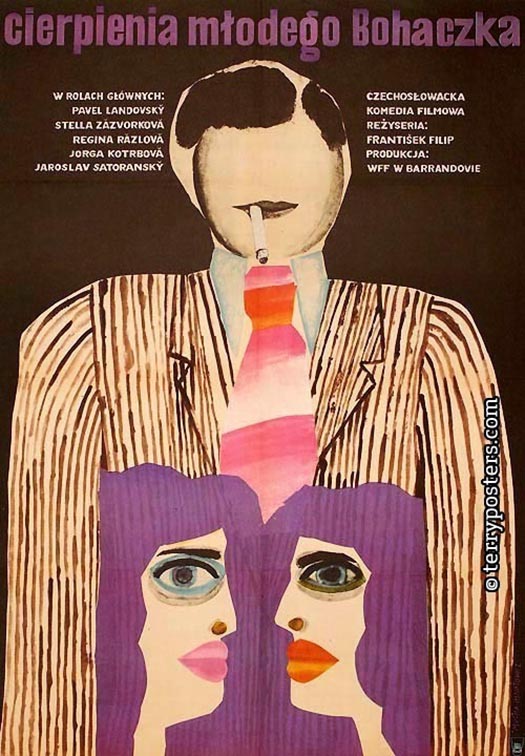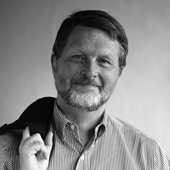Last week I had the pleasure of visiting The Cedarhurst Center for the Arts in Mount Vernon, Illinois, seventy-five miles from St. Louis. The town of Mt. Vernon is typical small-town America, but it does not think small, welcoming entrepreneurs and young families and, more importantly, it fully supports a robust cultural center, The Cedarhust Museum.
The museum has its origins in the 1930s with the personal art collection of John and Eleanor Mitchell. Mr. Mitchell was a local Illinois businessman who made his fortune first in the furniture business, and later banking/finance and oil exploration in the state. The couple traveled the world, and throughout their excursions, the Mitchell’s bought and collected art—exceptional art! Thanks to them, the museum today has a permanent collection that stands heads and above most regional museums. Extraordinary works by Thomas Eakins, Robert Henri, William Glackens, Mary Cassatt, Childe Hassam, John Singer Sargent, J. Alden Weir, and Maurice Prendergast are just a few of the great works on view for all visitors.
Of special note, however, is that the modern museum building is surrounded by the ninety-acre Goldman-Kuenz Sculpture Park, which I explored last week on a warm, windy day. I’ve been to numerous sculpture parks in my life, but few with a natural forest as part of the setting. Here, as I walked and observed, I found sculptures from established and mid-career artists, some monumental and others more intimate. When a path took me from the landscaped lawn to the adjacent forest, I discovered even more. Later I learned from the Director of Visual Arts, Rusty Freeman, that it was always part of the museum’s plan to preserve as much of indigenous forest as it could. What a pleasure it was to go from manicured grass to various trails that led into and among the rich, tall trees—where sculpture awaited at every turn.
Perhaps I see things more acutely than the average person, but what astounded me was the way nature seemed to mimic the sculpture—or did the art mimic nature? However one looks at it, this is a unique Midwest sculpture park and museum, a treasure for those fortunate to visit.
++++
Chakaia Booker,
Wrench Wench, 1999, rubber tires, steel, wood. See my 2013 post on the artist
here.
John Kearney, Kimball (detail), 1994, repurposed chrome automobile bumpers.
Alexander Lieberman, Sabine Woman I, 1981, painted steel.
Alexander Lieberman, Detail of Sabine Woman I.
Harry Gordon, Miol Nir (Thor’s Hammer), 1990, wood.
Glenn Zweygardt, Alfred Atlas, 1989, steel and granite.
Bruce Johnson, Big Bang, 1992, redwood with copper.
Bruce Johnson, Big Bang (detail).
Kelsie Ward, Emergence, 2015, ceramic, gravel, paint, tree limbs.
Kelsie Ward, Emergence (detail).
Harry Gordon, Untitled, 1992, granite.
(Left) John Foster, photo of tree and vine in woods (left); Cosimo Cavallaro, Knot (detail), 1998; (right) Visual connections between the natural land and placed sculpture became part of my sculpture park experience at Cedarhurst.
(Left) Jeff Boshart, T.H.E.B. (Transparent, Hollow, Empty Boxes), 2013, steel; (right) John Foster, photo of angled tree in woods at Cedarhurst.
Tom Orr, Vessel, 2009, powder coated steel.
Rico Eastman, Eastern Leanings (detail), 2000, steel.
John Foster, photo of the sculptural aspects of the natural forest at Cedarhurst.
John Kearney, Bull, 1997, repurposed chrome automobile bumpers.
John Kearney, Bull (detail).
(Left) John Foster, photo of woodpecker holes on pine tree at Cedarhurst; (right) Pat McDonald, Wee, 2002, steel.
Dee Christy Briggs, Lily, 2003, milled steel.
Dee Christy Briggs, Lily (detail).
(Left) Alfio Bonnano, Self-Suspended/Fallen, 2001. Charred woods (ash, oak, pecan, sassafras, wild muscatine grapevine). Site specific commission; (right) John Foster, photo of spikey pine tree branches in the forest at Cedarhurst.
Thomas Sternal, Cage Form 90-5, 1990, steel and stones.






.jpg)



.jpg)



 John Foster and his wife, Teenuh, have been longtime collectors of self-taught art and vernacular photography. Their collection of anonymous, found snapshots has toured the country for five years and has been featured in Harper’s, Newsweek Online and others.
John Foster and his wife, Teenuh, have been longtime collectors of self-taught art and vernacular photography. Their collection of anonymous, found snapshots has toured the country for five years and has been featured in Harper’s, Newsweek Online and others.